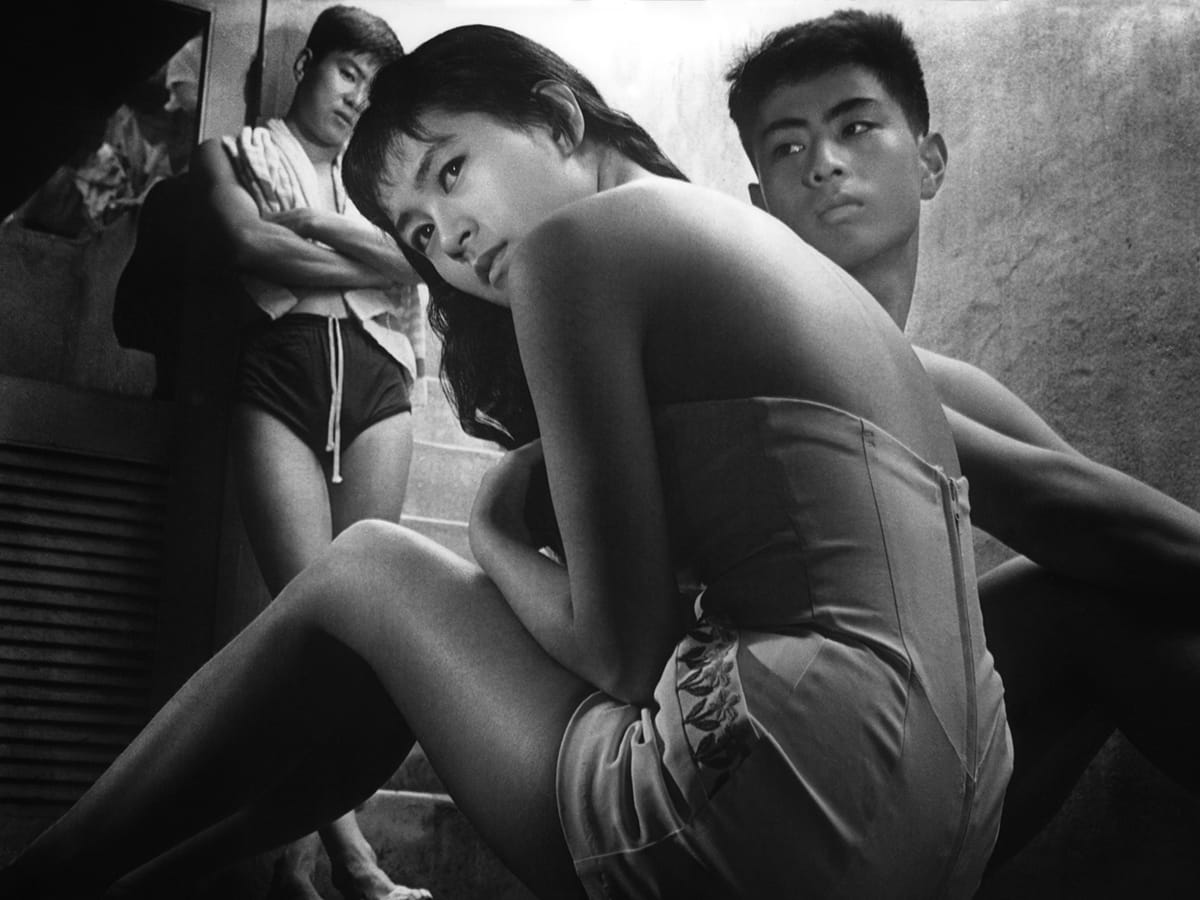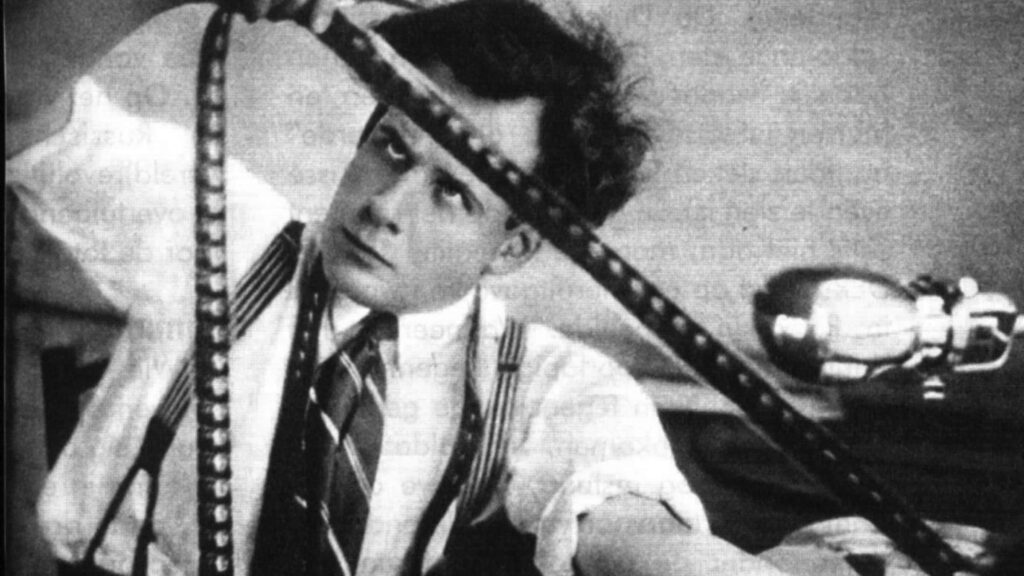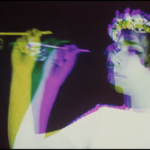Japanese new wave was a rebellious movement that broke away from traditional Japanese filmmaking and influenced the Japanese cinema we see today.
Japanese new wave did not introduce specific additions to the global scale like the montages by Soviet cinema or handheld shots by the French New Wave. Instead, they adapted to already popularized movements, drawing inspiration from the French New Wave and Italian Neorealism and adding their own unique twist and perspective to it. They brought their own unique themes like alienation, youth rebellion, and followed more realistic approach to storytelling and focused on addressing social issues and the struggles of ordinary people.
It was a significant period of innovation and experimentation in Japanese cinema. They experimented with Avant grade techniques such as jump cuts, non-linear narratives, handheld camera work, and mixing documentary elements with fiction.
Filmmakers like Nagisa Oshima and Shohei Imamura explored bold themes. Their films “In the Realm of the Senses” and “The Pornographers” challenged censorship laws and explored explicit themes, leading to discussions about art, censorship, and freedom of expression. Its unconventional approach and willingness to tackle taboo subjects influenced filmmakers worldwide and inspired greater artistic freedom and experimentation.
To understand the Japanese new wave and its influence in today’s cinema, you should watch two of the important movies of that time.
- “Tokyo Drifter” (1966) directed by Seijun Suzuki
- “Woman in the Dunes” (1964) directed by Hiroshi Teshigahara





